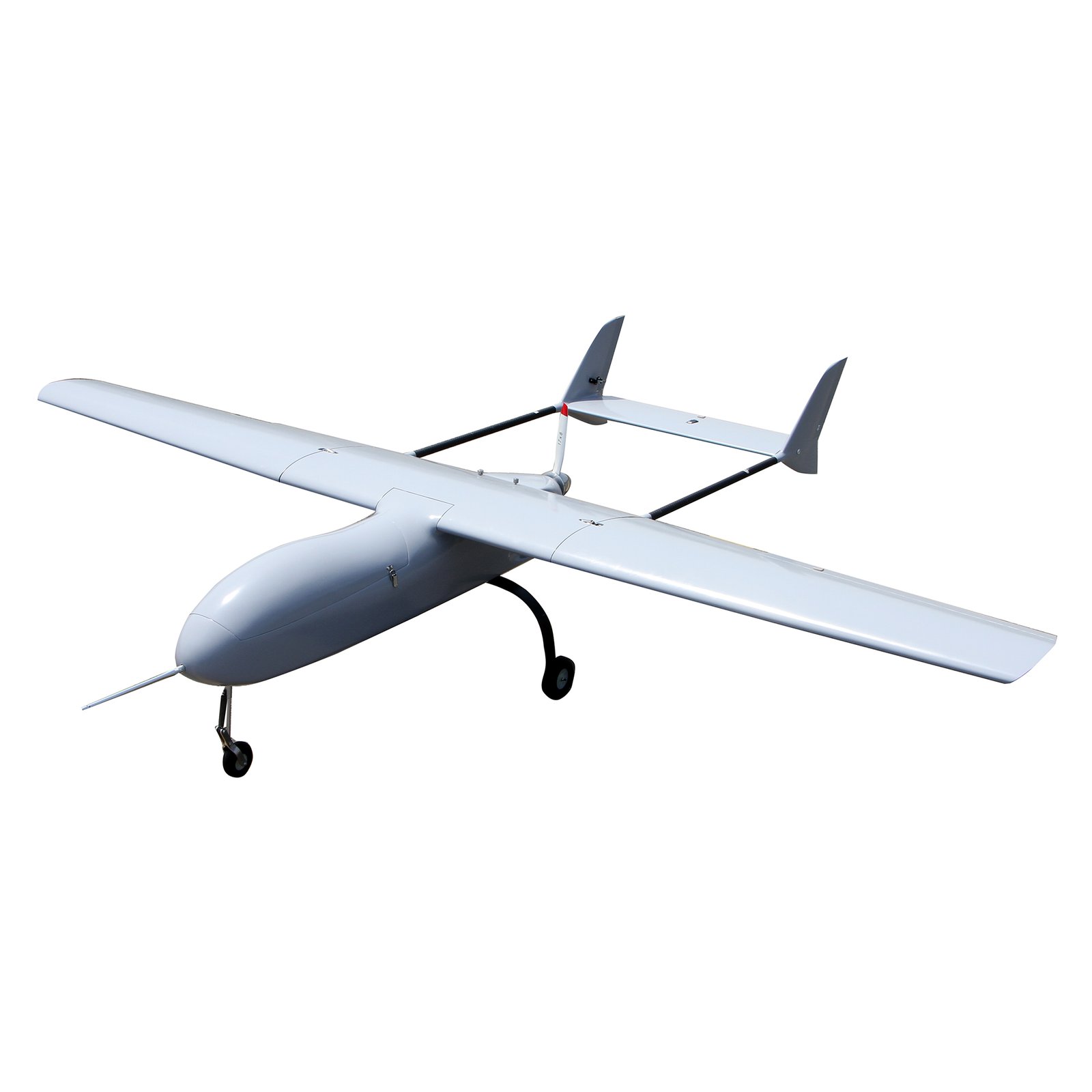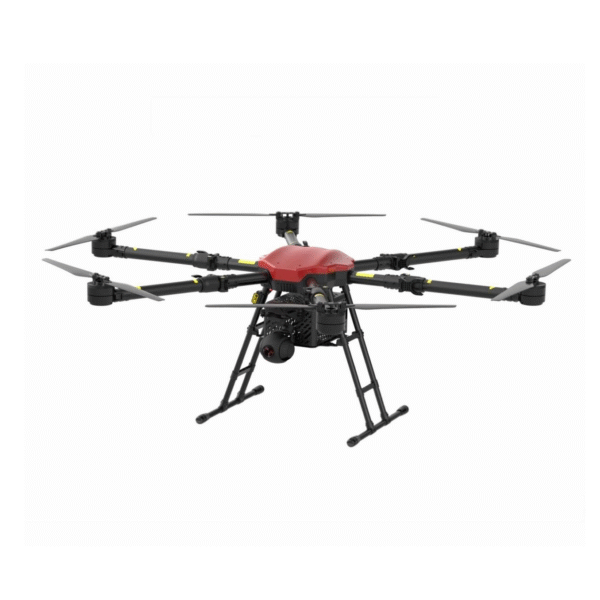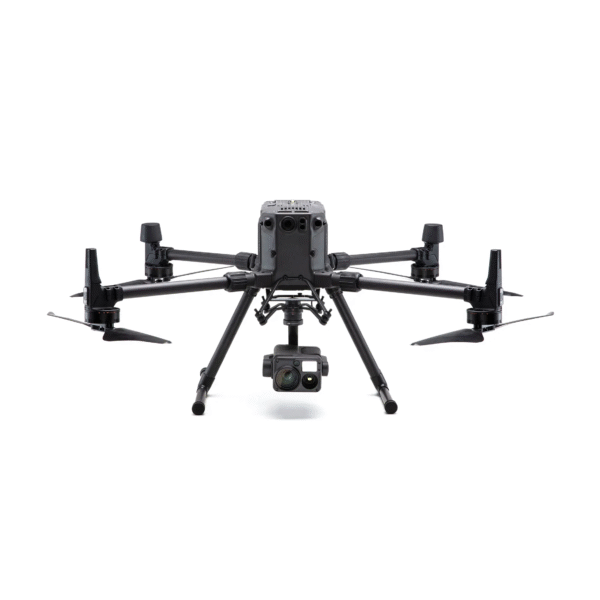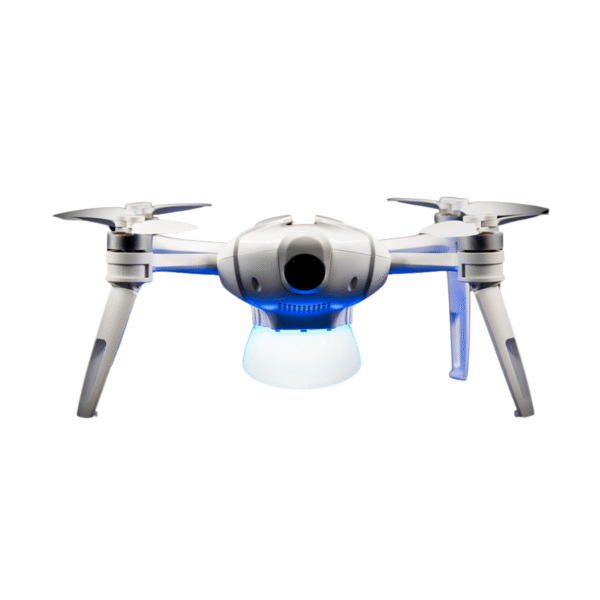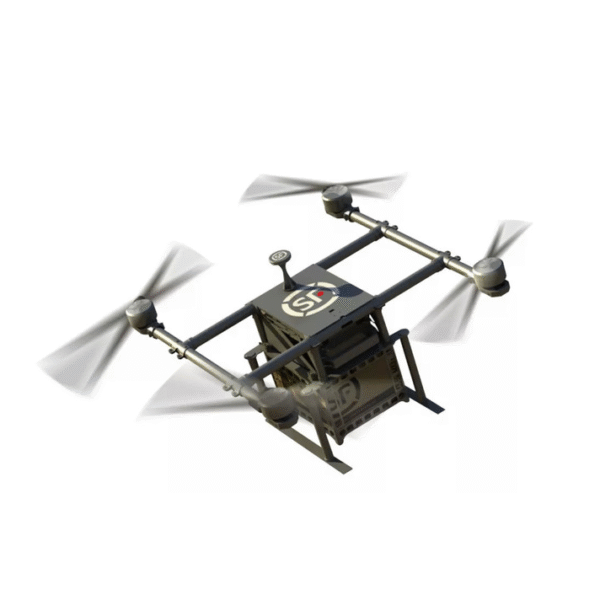Product Details
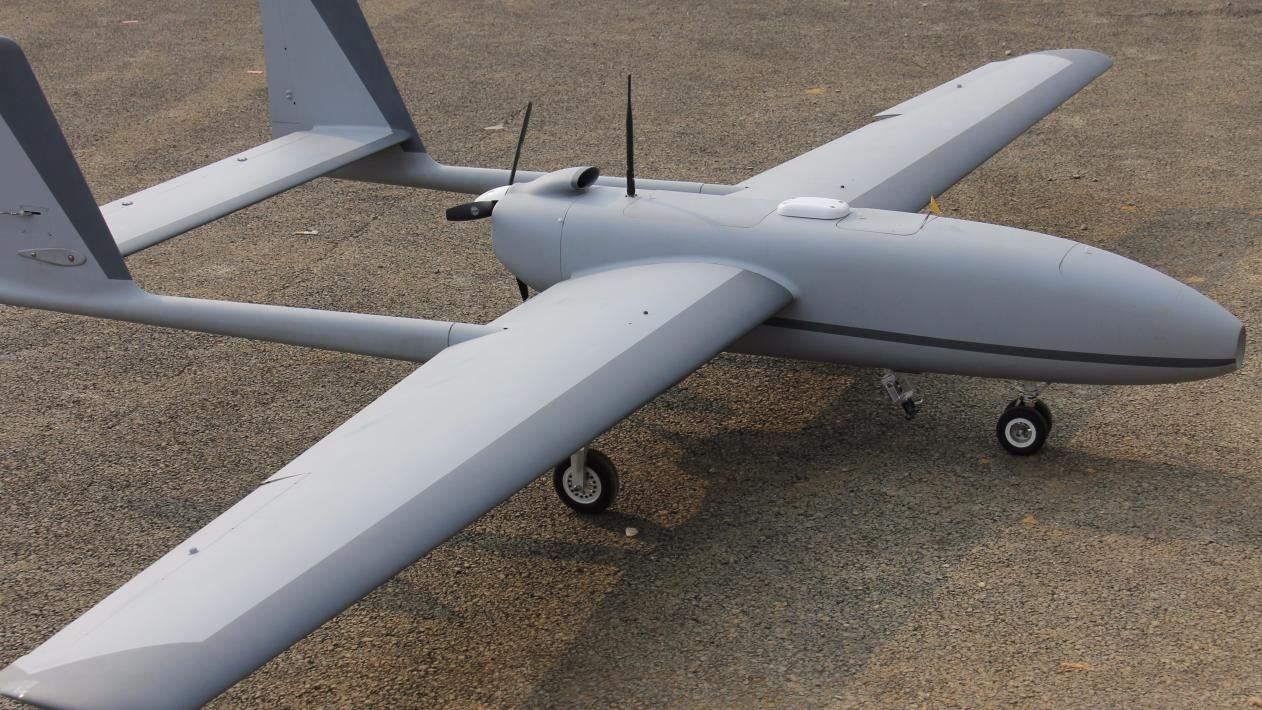
Core performance characteristics
Flight endurance and speed:
The single flight time can reach more than 2 hours, and the speed is significantly higher than that of multi-rotor models, suitable for large-scale operations56.
Take-off and landing restrictions:
A runway or ejection device is required, and the flexibility is lower than that of vertical take-off and landing drones45.
Environmental adaptability:
Strong wind resistance, can fly stably under complex weather conditions7.

Typical application scenarios
Geographic information mapping and inspection:
A single flight covers more than 30 square kilometers and is widely used in power line inspection, highway monitoring and other fields56.
Meteorology and disaster response:
For example, the “Wing Loong-2” artificial rainmaking model can perform long-distance meteorological detection and catalyst seeding3.
Military and security:
The “swarm” system supports tactical tasks such as dense formations and precision strikes, demonstrating high-difficulty coordination capabilities38.

